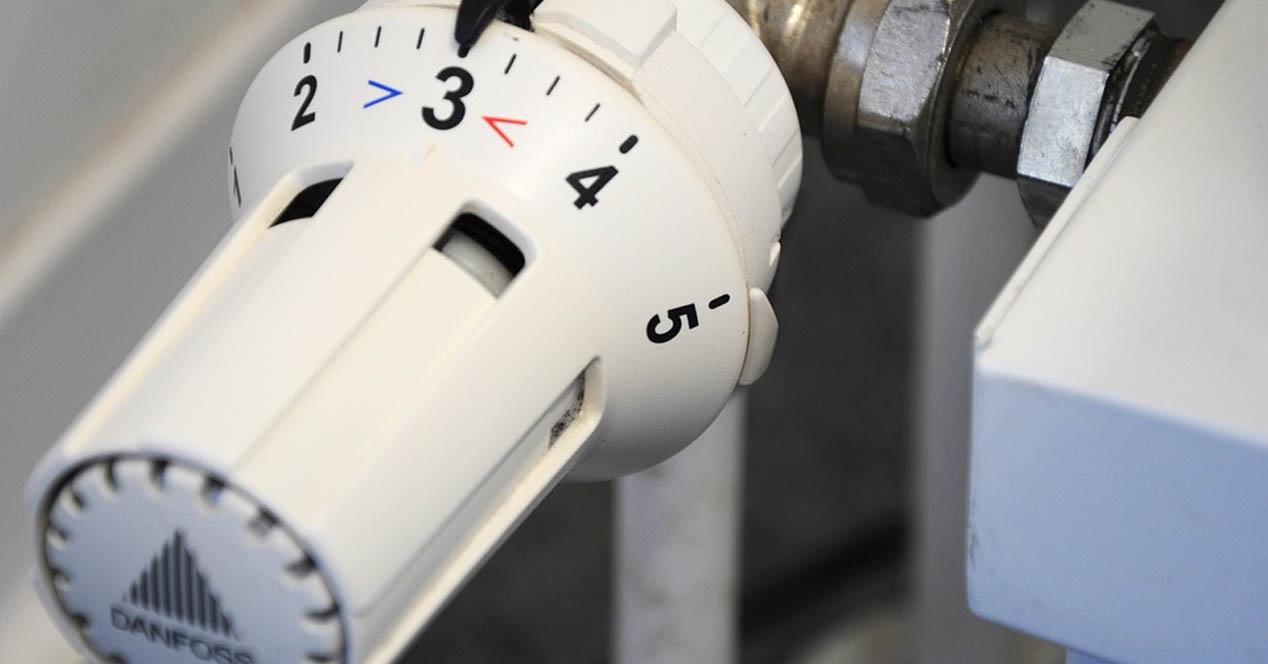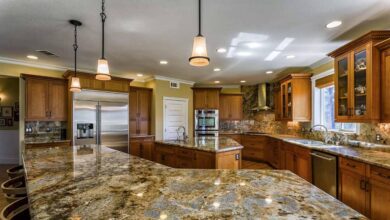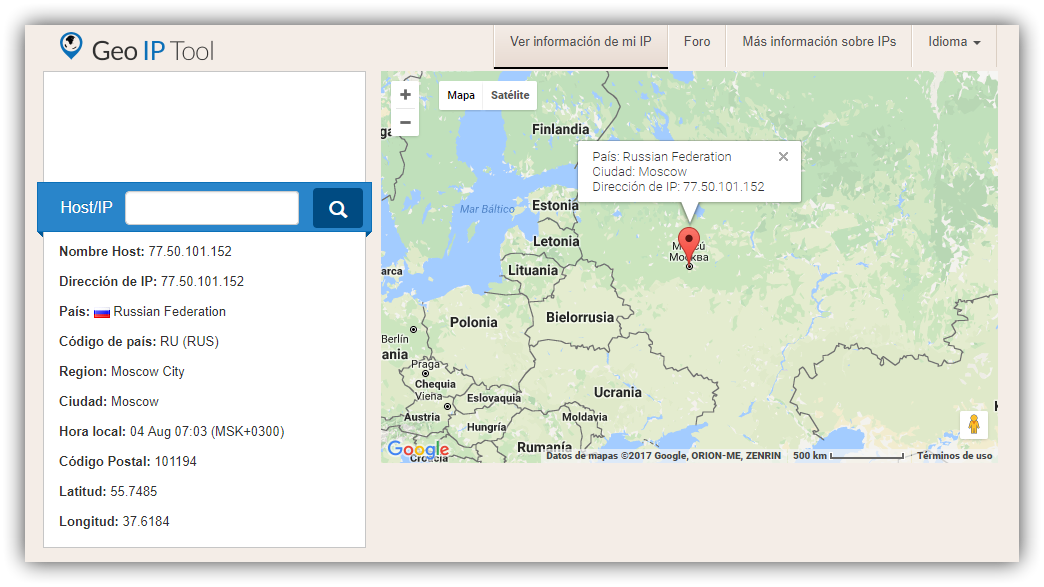
Mistakes when ventilating the house
By ventilating the house we are going to reduce the level of interior humidity, something important in terms of health but also in terms of improve the eficiency of some household appliances, such as heating. It is something that we must do throughout the year, but in the winter months it can mean a sudden drop in the temperature of the house. What to do to avoid consuming in excess?
Ventilate at any time
Something key is to choose very well the hours in which you are going to open doors or windows. What we are going to look for with this is that the temperature change is not so marked. We do not want the house to drop in temperature quickly, since it will cost us more to heat it up again later, with what that means on the bill.
Our advice is to choose the hours close to noon. Normally it is there when it will best come to you in order to save. It is when the outside temperature can be higher, the sun usually enters through the window and, ultimately, the thermal contrast will be lower. Avoid ventilating the house first thing in the day or in the afternoon, for example.
spending time
You should also take into account how long to ventilate. Of course, the longer you have the windows and doors open, the higher the consumption will be. We don’t want to go overboard unnecessarily, as that would mean paying more on the electricity bill and wasting energy every time we ventilate the house.
So, how long to ventilate the house? Ideally, do not do it for more than 10 minutes. It really isn’t necessary. In this way, it tries to maintain the temperature as much as possible to save on the electricity bill.
Having the air, stoves or heating turned on
Of course, a mistake that you should always avoid is ventilating the house with the heating on. It doesn’t make sense and it’s something that’s going to waste energy. But even you shouldn’t ventilate right after turning it off, for example. What we should look for is keep a good temperature.
If you are going to turn on the heating, it is best that you have ventilated the house beforehand. In this way you can increase the temperature and ensure that it is also maintained as much as possible when you turn it off until the next day.
Not taking advantage of thermal insulation
You can always take advantage of thermal insulation, such as windows, blinds, etc. That helps you maintain the temperature. Now, why can it also be useful to ventilate the house? You may raise the blinds and open windows at times of the day when it is hotter and close everything once the sun goes down.
In this way you will be able to keep the temperature better, despite the fact that you have ventilated. You can put the heating on after ventilating and maintain thermal inertia beyond the afternoon, when you turn it off again.
Ventilate unheated rooms
Something you should keep in mind is the possible temperature difference between rooms. Maybe you have a room without the radiators on, because you don’t use it directly and you want to save. But if you are going to ventilate the house, or more specifically those rooms, it is important that you do not keep the door open with the rest of the house.
The objective in this case is to avoid a flow of cold air to the rest of the house that has a higher temperature. That will keep the rest of the house from getting colder than necessary.
As you can see, it is important to ventilate the house but also to do it correctly. Avoid wasting energy by allowing it to overcool. Do not make these mistakes that we have talked about and you will be able to save on the electricity bill every month. In addition, as long as Wi-Fi is not disconnected in that area, you will be able to use home automation to better control the heating.



